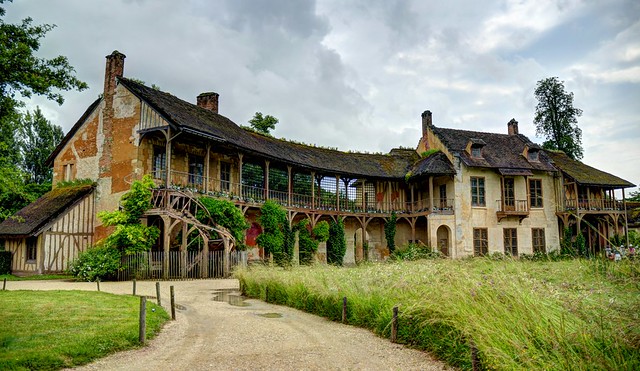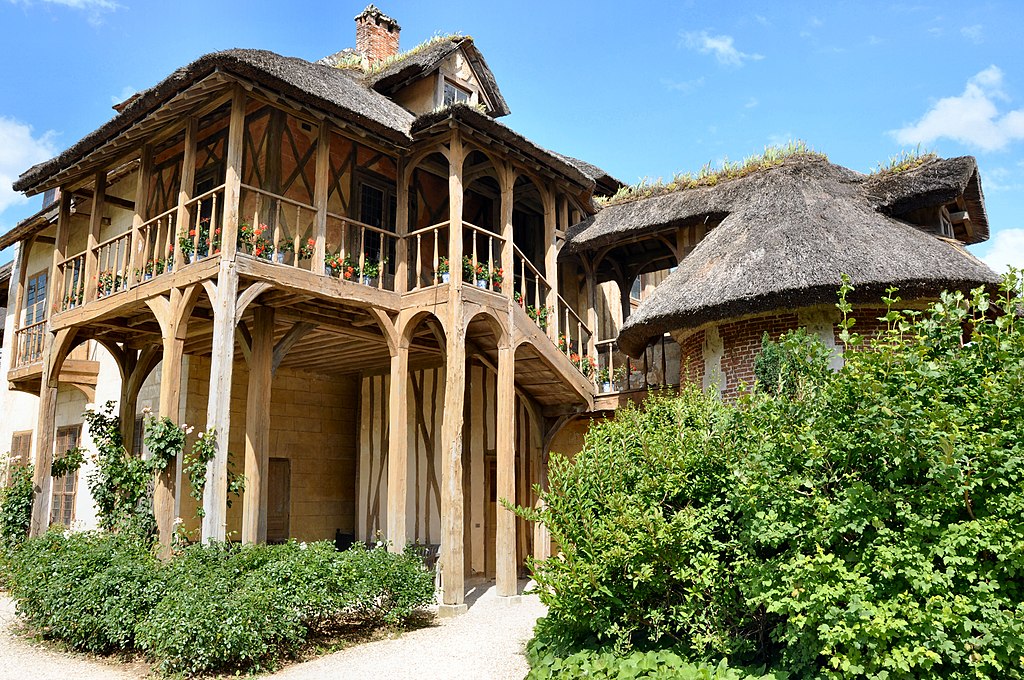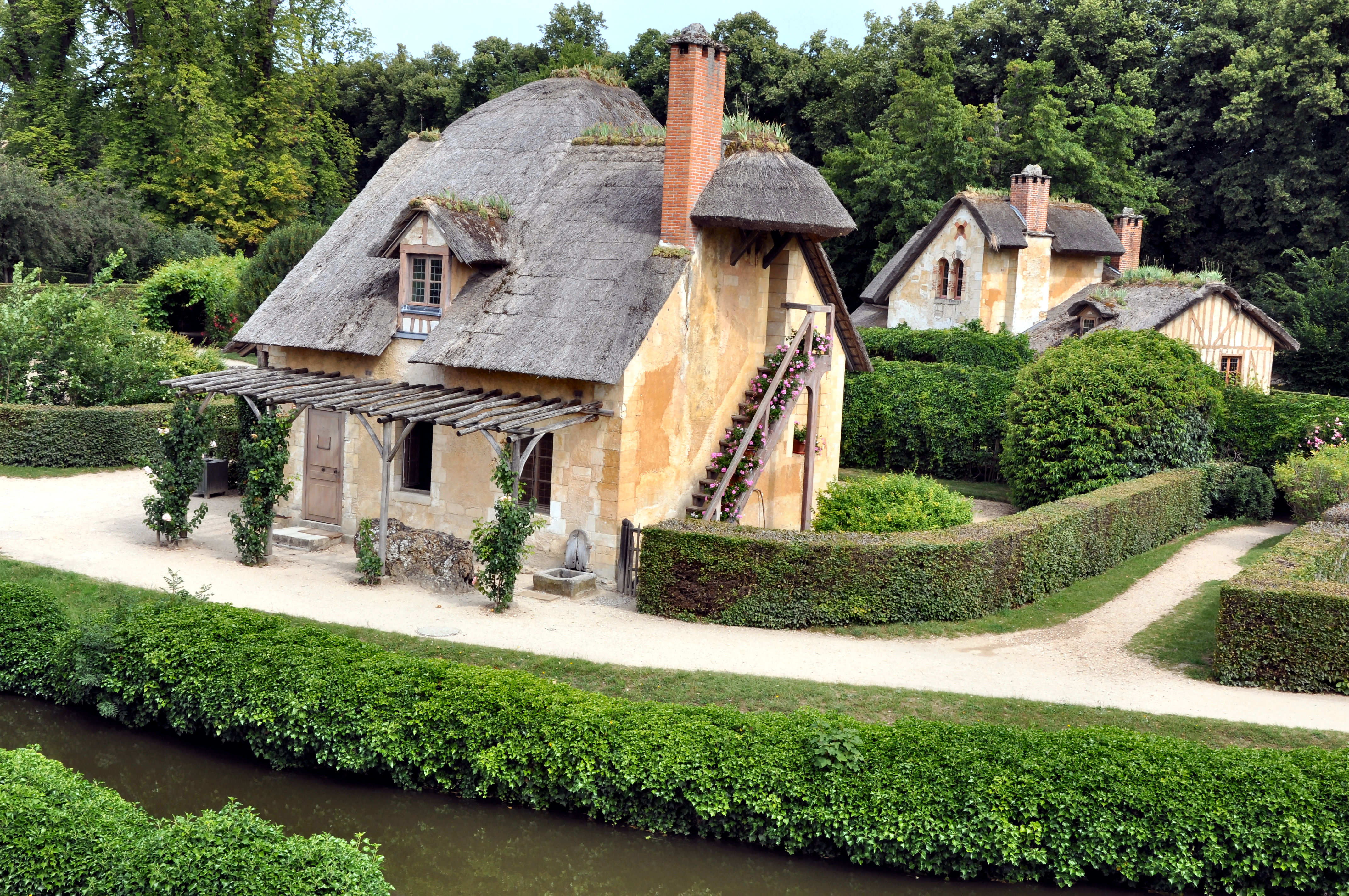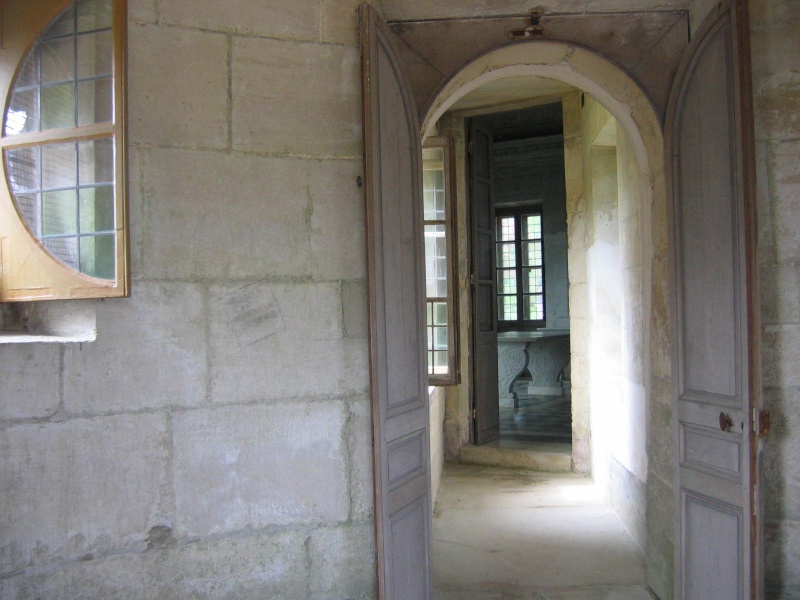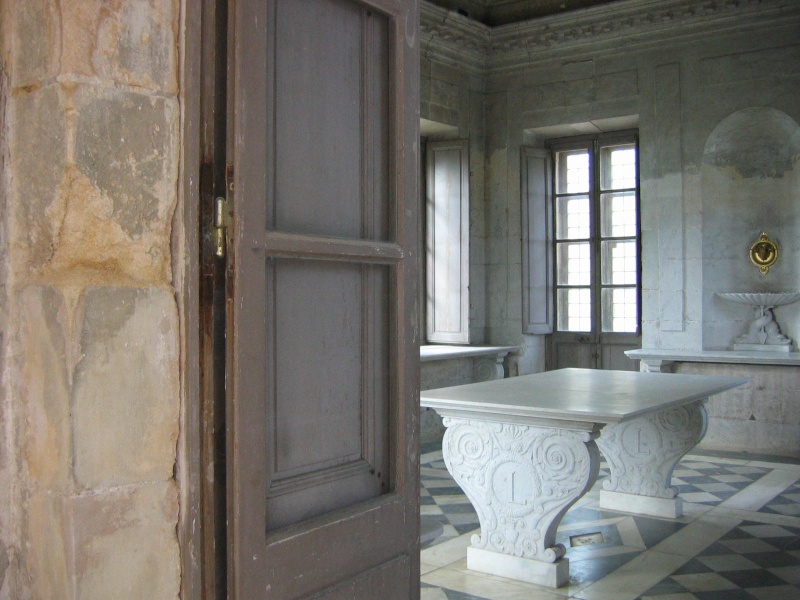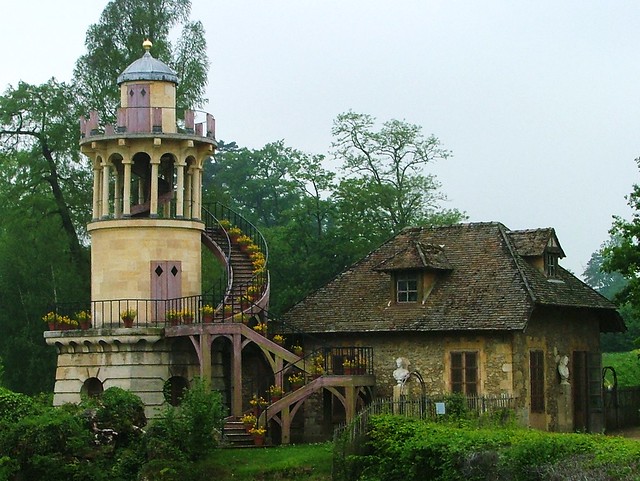Marie Antoinette was responsible for introducing the Pouf to the French court in 1774 when she appeared at Louis XVI's coronation with such a hairstyle. Immediately, it spread like wildfire.
The Pouf was ideal to express the wearer's mood, celebrating an event or even the political view; there was no limit for the creativity that could be put into the hairstyle. The hair would be arranged high above the head in rolls of the wearer's natural hair intertwined with false hair. Once the rolls were safely fastened decorations could be added. Gemstones, ribbons, pearls and feathers were popular but for special occasions more was needed. Most of you have probably heard of the time when Marie Antoinette wore a small ship in her hair to commemorate the French rescue of the American colonies which did indeed happen.
Marie Antoinette was herself quite a fan of ostrich-feathers, as can be seen from the portrait above. Besides the feathers she is also wearing diamond jewellery, gauze and long rows of pearls are intertwined with the Queen's hair. Normally, the feathers would be snow-white but on special occasions they could be dyed to match a gown.
Marie Antoinette's English friend, the Duchess of Devonshire, was a keen follower of the trend. The famous portrait of her shows the Duchess showcasing the hairstyle which has been topped off by a large hat.
Back in France Leonard and Rose Bertin seemed locked in a rivalry of who could create the most outrageous hairstyles. Admittedly, Leonard had the upper hand in the beginning of the trend's life span.
 |
Some of the more elaborate poufs. Notice that the lady to the left is actually wearing a hat topped with a lot
of feathers. The lady to the right has decided to use jewellery as well. |
The Pouf Sentimental
This kind of pouf was first seen on the Duchesse de Chartres at the opera in April 1774 and as the name suggests was adorned with symbols relating to events in the wearer's life. The Duchesse's hairstyle was immense. 14 yards of gauze were wrapped around a tower as well as two figures representing the baby Duc de Beaujolais in his nurse's arms with an African boy (a particular favourite of the Duchesse) at her feet. A parrot and a plate of cherries were also added.
Leonard - favourite hairdresser of Marie Antoinette - was behind this masterpiece and he was to become a seemingly endless source of inspiration to the court ladies.
The Duchesse de Lauzun made another spectacle when she appeared showing a roaring sea complete with little ducks swimming near the shore where a hunter was aiming at them as well as a mill at the top. The miller's wife was with an abbé while the miller was leading a donkey. Needless to say, the price of these Poufs Sentimental could be quite steep.
 |
| A pouf sentimental to celebrate the defeat of the British |
Over time the height of the Pouf rose to astonishing heights but you will find more on that subject in a later post.















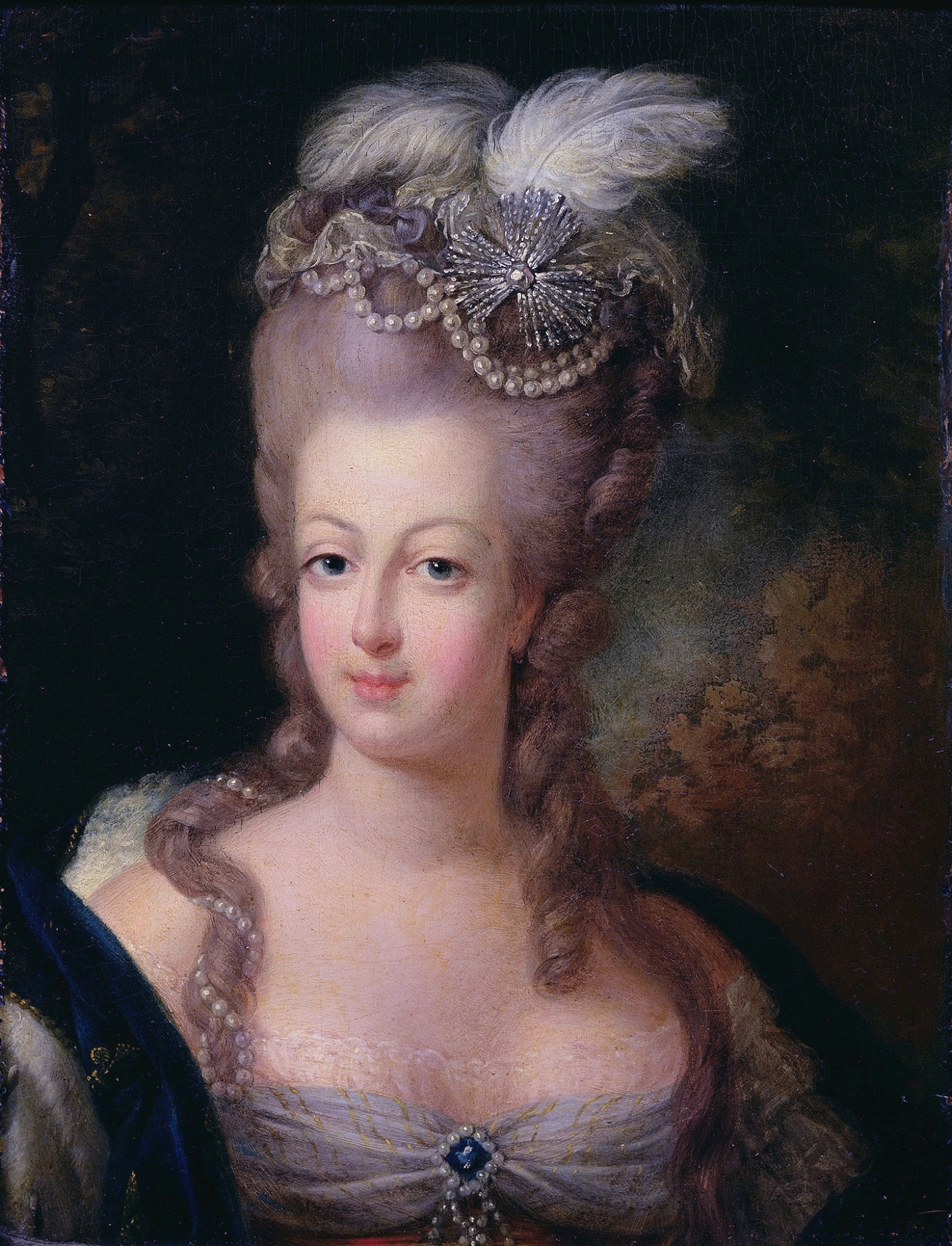





.jpg)
